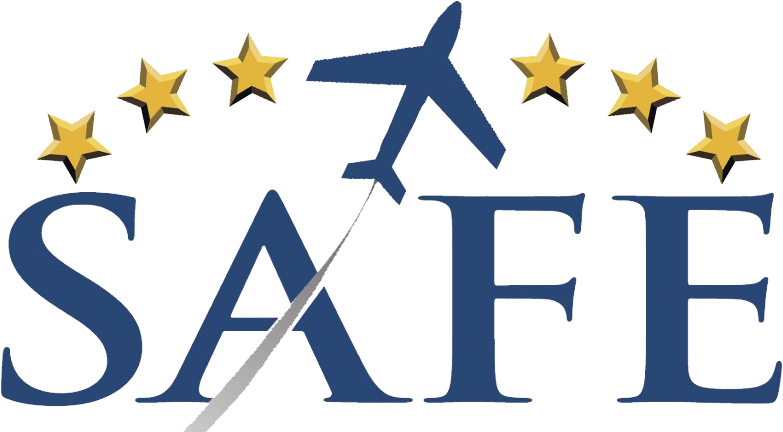
This is the ninth anniversary of the “Miracle on the Hudson”. And though this was an amazing demonstration of cool decision-making and piloting skill, the pilots, Chesley Sullenberger and Jeffrey Skiles were completely overwhelmed by the national media attention and their sudden fame. They repeatedly emphasized they were just “pilots doing our job” (humble always trumps hubris). And while it is true every professional pilot is trained continuously in Crew Resource Management and also generating successful outcomes in emergencies, we all can continually draw golden lessons from this amazing historic flight; here are a few thoughts.
 What happens over time is we tend to forget how badly this situation could have ended. Remember the ugly Colgin crash that followed soon after Sully or the Air France 447? This highlights the amazing constellation of luck and skill that made the “Miracle on the Hudson” all work out. Here are three very important pitfalls to avoid in every emergency and some techniques to “prepare” for surprise occurrences.
What happens over time is we tend to forget how badly this situation could have ended. Remember the ugly Colgin crash that followed soon after Sully or the Air France 447? This highlights the amazing constellation of luck and skill that made the “Miracle on the Hudson” all work out. Here are three very important pitfalls to avoid in every emergency and some techniques to “prepare” for surprise occurrences.
The major obstacle to effective action in every emergency is the startle/surprise incapacitation. This is when our mental circuit breaker trips off line and the human psychology says “why me?” or “this can’t be happening.” Even the most prepared and experienced pilot is going to have a moment of inaction, but we have to reboot and get functioning ASAP. Step one in every emergency has to be “fly the plane; then analyze, engage and work the problem.” Using a checklist and standard operating procedures is essential to get your mind functioning and back to work. This requires resilience, grit or emotional fortitude and as pilots, we work hard to develop and maintain these qualities. The best antidote to surprise/startle incapacitation is maintaining constant mental alertness in flight (especially at critical phases of flight). If we can maintain alert awareness and try continuously to “expect the unexpected” (Marines call “code yellow”) it is less likely that surprise will overwhelm us in these situations. (Watch for our upcoming LiveStream with Rod Machado on “The Improbable Turn”)
A second common problem in emergencies is being rendered ineffective by trying to achieve a “perfect” outcome. In business decision this is called “overfitting.” The unique and endlessly variety of possible emergencies almost precludes a “textbook solution.” This is a time for a TLAR (that looks about right) solution; a time for inginuity and getting the “best of the worst.” Once we accept and engage the emergency situation, it is essential to remain flexible, and use as many resources as possible to share the cognitive load (so we are not “swimming in glue”) and creatively visualize the outcome we need to survive; optimize. This technique is called “satisficing” and it means getting as much as you can of the required parameters while accepting the outcome that will not be perfect. (Check out the amazing Nobel Laureate Herb Simon and heuristic decisions; when time, resources and processing power are limited)
 A last major failing in emergencies almost follows directly from the previous advice of soliciting resources. We can get so much help and so many good ideas that this confuses the situation and dissipates effective, decisive action. Think of all the runways Sully was offered in those 208 seconds of glide. There are either too many contrary solutions or just plain bad advice. In an emergency you have to aggressively assert command authority at some point and decide on a course of action and commit to the plan “we’re going in the Hudson” If you waffle on KLGA and KTEB as options, you ruin your glide and miss the river. “I really would prefer a runway” (the perfect solution) but a large flat area without combustible materials will have to do ( “satisficing” ) As pilots we can all rejoice at this wonderful example of piloting skill and decision-making. Hopefully we all can model some good lessons for future challenges; watch out for geese!
A last major failing in emergencies almost follows directly from the previous advice of soliciting resources. We can get so much help and so many good ideas that this confuses the situation and dissipates effective, decisive action. Think of all the runways Sully was offered in those 208 seconds of glide. There are either too many contrary solutions or just plain bad advice. In an emergency you have to aggressively assert command authority at some point and decide on a course of action and commit to the plan “we’re going in the Hudson” If you waffle on KLGA and KTEB as options, you ruin your glide and miss the river. “I really would prefer a runway” (the perfect solution) but a large flat area without combustible materials will have to do ( “satisficing” ) As pilots we can all rejoice at this wonderful example of piloting skill and decision-making. Hopefully we all can model some good lessons for future challenges; watch out for geese!
Please “follow” our SAFE blog to receive notification of new articles. Write us a comment if you see a problem or want to contribute an article. We are always seeking more input on aviation improvements and flight safety. There are many highly qualified aviation educators out there! If you are not yet a SAFE member, please Join SAFE and support our mission of generating aviation excellence in teaching and flying. Our amazing member benefits alone make this commitment worthwhile and fun. Lastly, use our FREE SAFE Toolkit App to put pilot endorsements and experience requirements right on your smart phone and facilitate CFI+DPE teamwork. Working together we make safer pilots!
